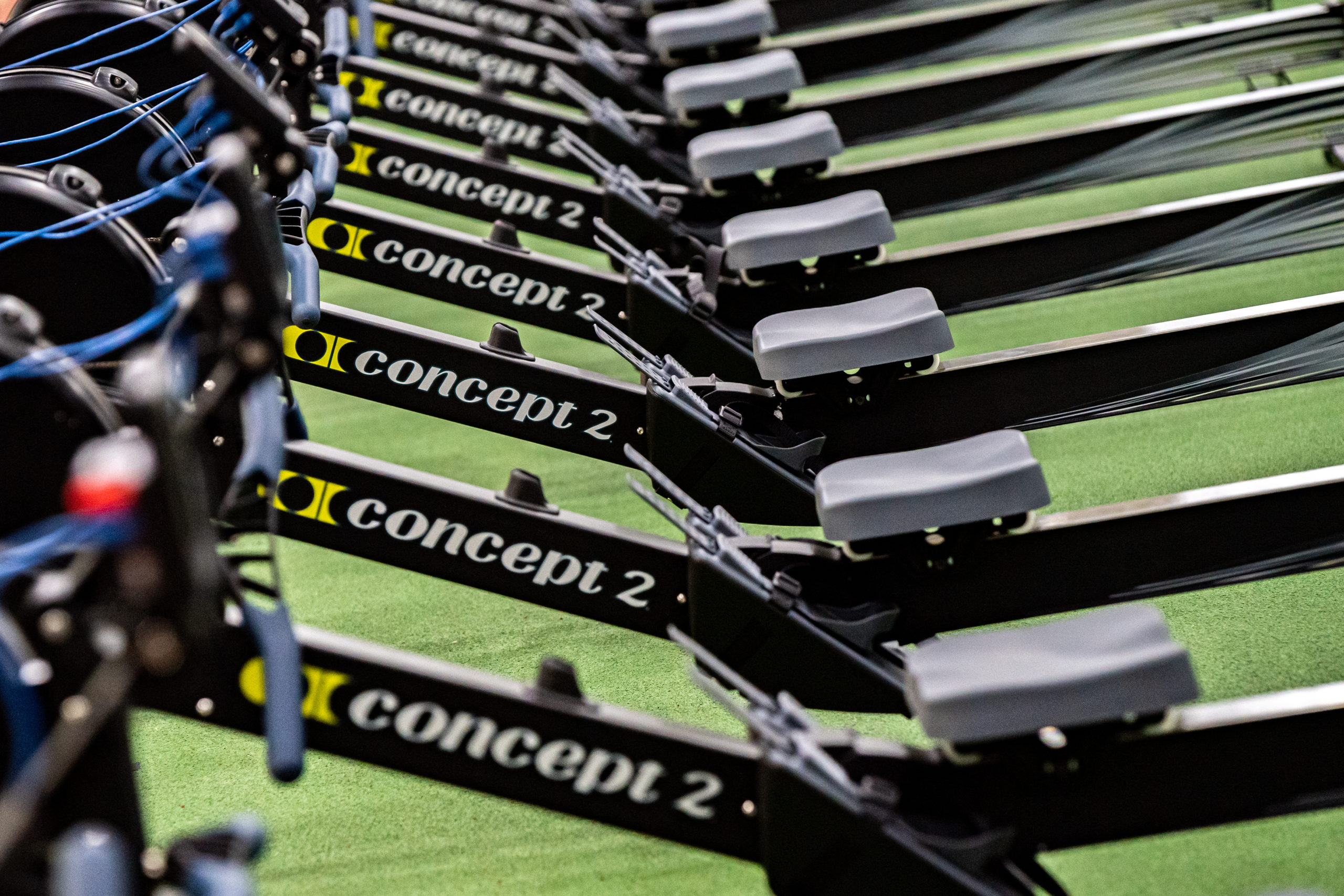BY VOLKER NOLTE
PHOTO BY LISA WORTHY
To continue reading…
This article is exclusively for Rowing News subscribers. For as little as $5 a month, you can get access to the best quality, independent reporting on all the issues that matter to the North American rowing community.
Already a subscriber? Login
There are a few goals that unite us all when it comes to sports and training:
Sport exercise should increase our fitness.
We should experience joy while doing it.
We want to stay healthy.
These goals also apply to indoor rowing training.
Without a doubt, training on indoor rowers that is planned and executed well will make us fitter. Outside of rowing on the water, modern rowing machines are the ideal training equipment for our sport, which is what they’re built for.
When you compare modern indoor rowers with the clumsy torture devices of yesteryear, it becomes clear immediately how much technology has improved these machines. If you’ve ever rowed on the famous Gamut ergometer from the ’70s or the Gjessing ergometer developed 10 years later, surely you appreciate today’s rowing machines and are probably wondering how anybody could have used such primitive contraptions. The original on-land rowing simulators were developed many decades before, and all were constructed so rowers could train in a sport-specific way when rowing on the water was not possible, and of course, all tried to copy as much as possible the on-water rowing motion and the requisite forces.
Modern indoor rowers are cleverly designed. They simulate rowing well, are easy to transport, and are priced reasonably, which is why such equipment is common not only in rowing clubs but also in fitness centers and private homes. The air-braking system developed by the Dreissigacker brothers has become the most economical and is used nowadays by most manufacturers.
Many indoor rowing machines are similar in design. The main difference is whether they are stationary or dynamic. With stationary machines, the foot stretcher and braking system are fixed to the frame and remain anchored to the ground while the seat moves.
With dynamic machines, the foot stretcher and the seat move relative to the ground, reducing the mass you must move as you row. This also reduces the force you need to apply to the foot stretcher, resulting in more on-water feel.
While the stationary ergometer may be superior when it comes to simulating the sensation of on-water rowing, the dynamic ergometer may be superior when it comes to preventing injury, at least according to anecdotal evidence. Some rowers and rowing teams report that athletes with previous back problems experience fewer new injuries.
Back pain, of course, can mean different things and stem from multiple causes. Usually, several circumstances converge to trigger injury. For example, you stumble on uneven ground and tweak a muscle group lightly but really hurt yourself when you then begin lifting weights. Or a back already weakened by an exhausting workout becomes impaired seriously when the boat becomes unbalanced in rough water. In both cases, it’s difficult to attribute the injury to a single cause or incident.
Likewise with ergometer rowing. Injury can depend on your activity before the workout (e.g., if you rode your bike in cold weather or sat in your car with poor posture), how fatigued you are, where you set the drag, the correctness of your technique, and how long and intensely you work out.
Obviously, rowers aren’t the only ones to suffer injury. Back pain afflicts more than a quarter of those between 18 and 29, and the proportion rises steadily with age—without using an ergometer. Rowing’s repetitive motion almost guarantees that sooner or later injury will strike.
Devising a test to prove which type of ergometer imposes a greater load, and therefore is more likely to cause injury, is difficult because of numerous variables. What’s certain is that rowers and coaches have their preferences and that changing regularly the type of ergometer on which you train will ensure a variety of loads, which can only improve your performance and diminish your chances of getting hurt.

